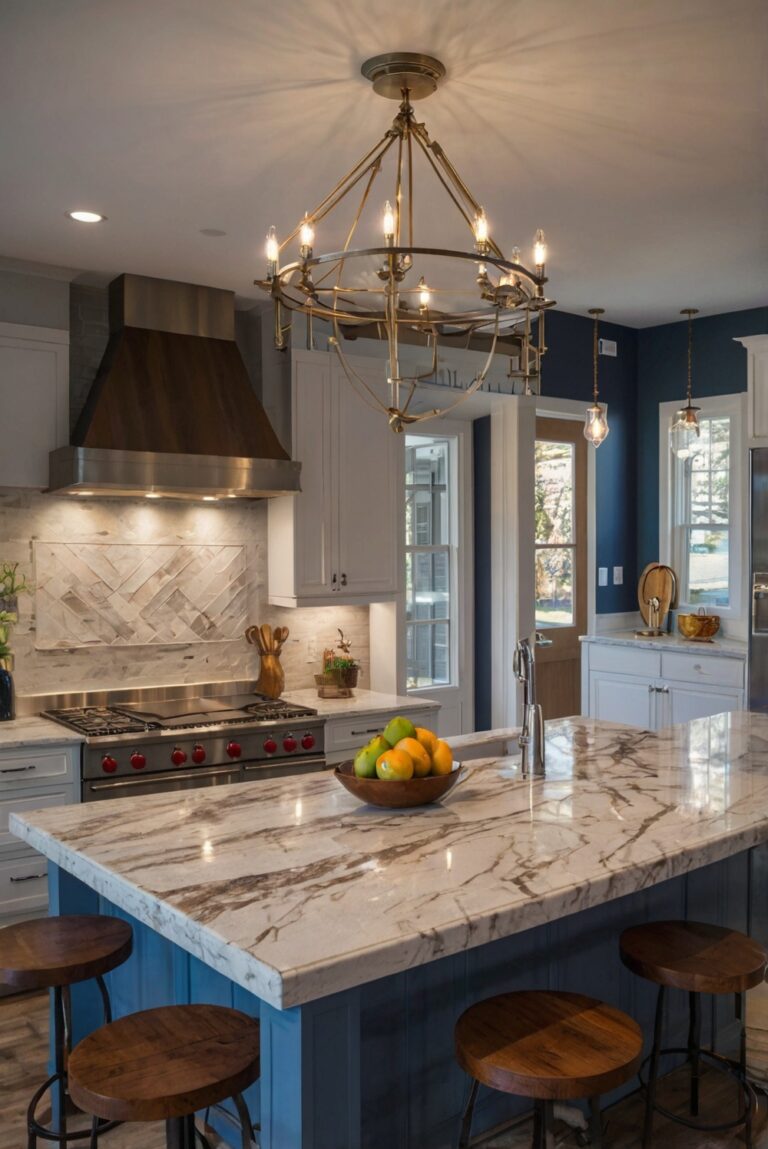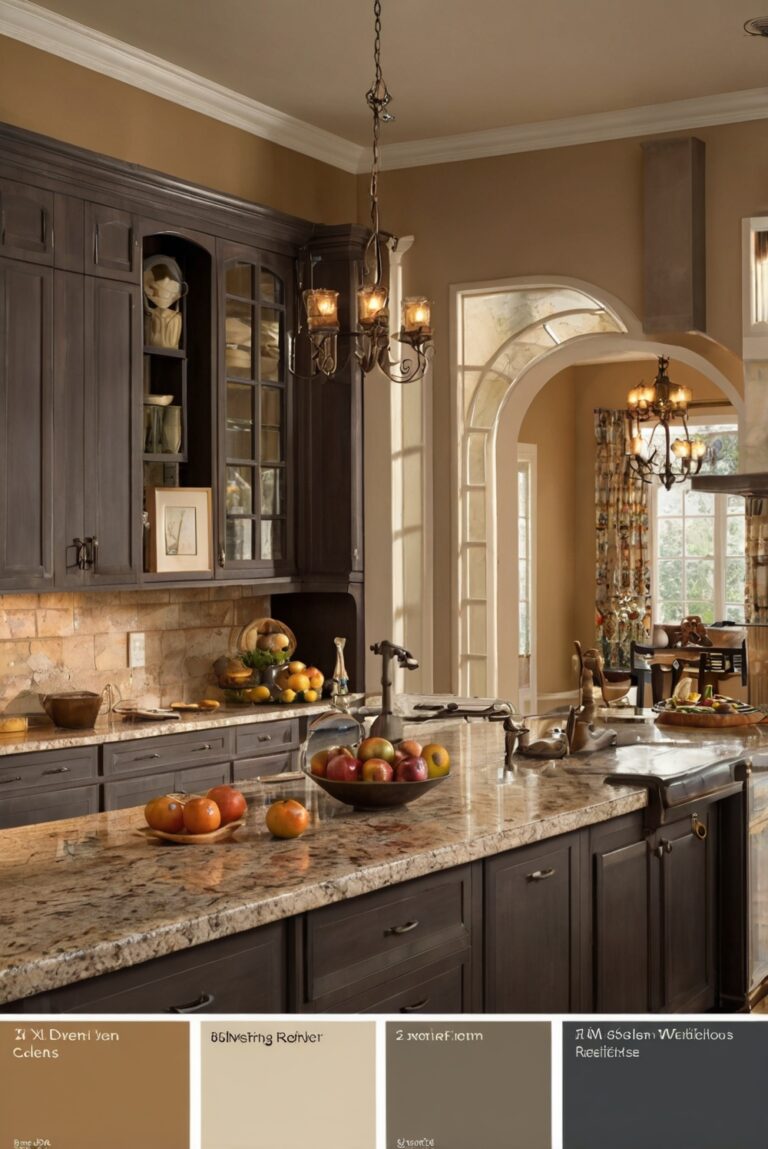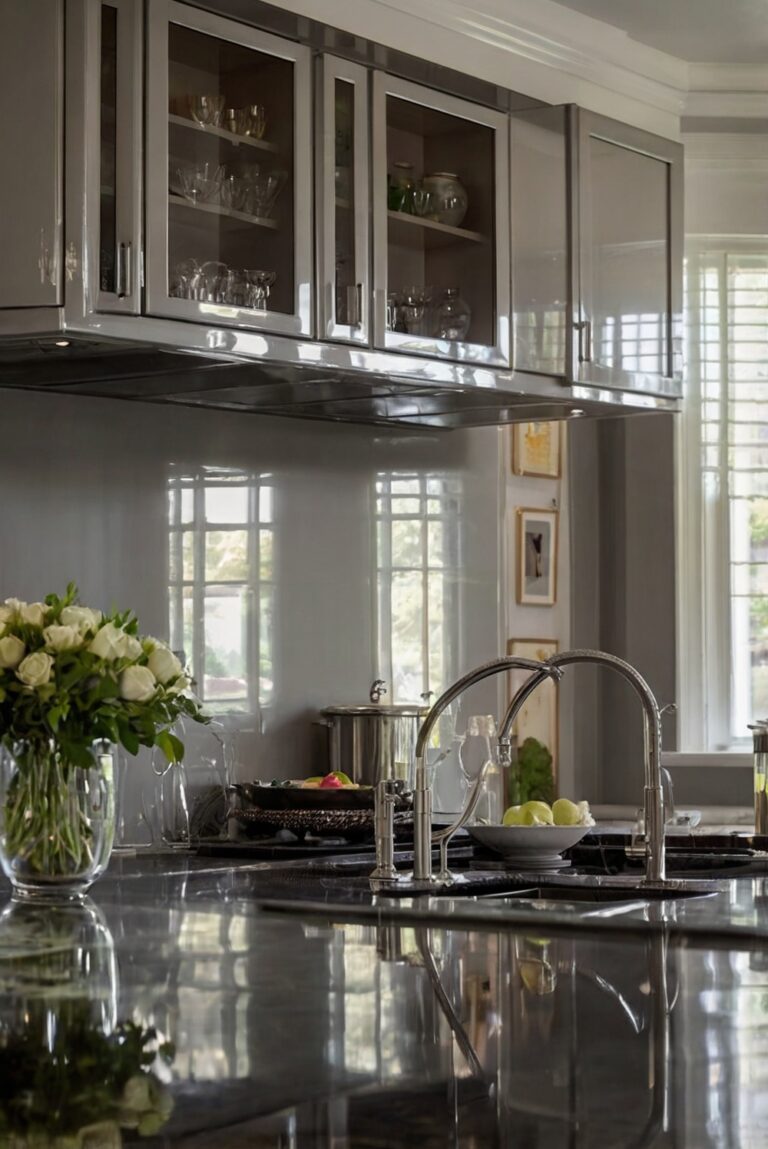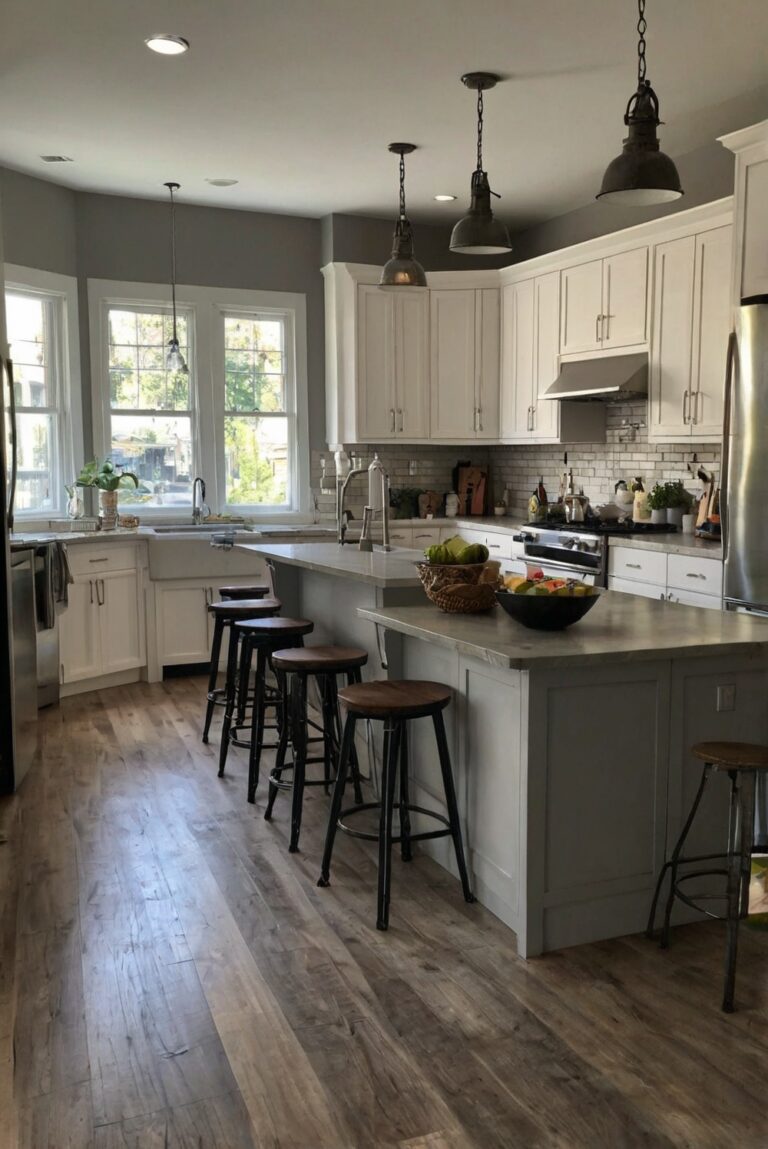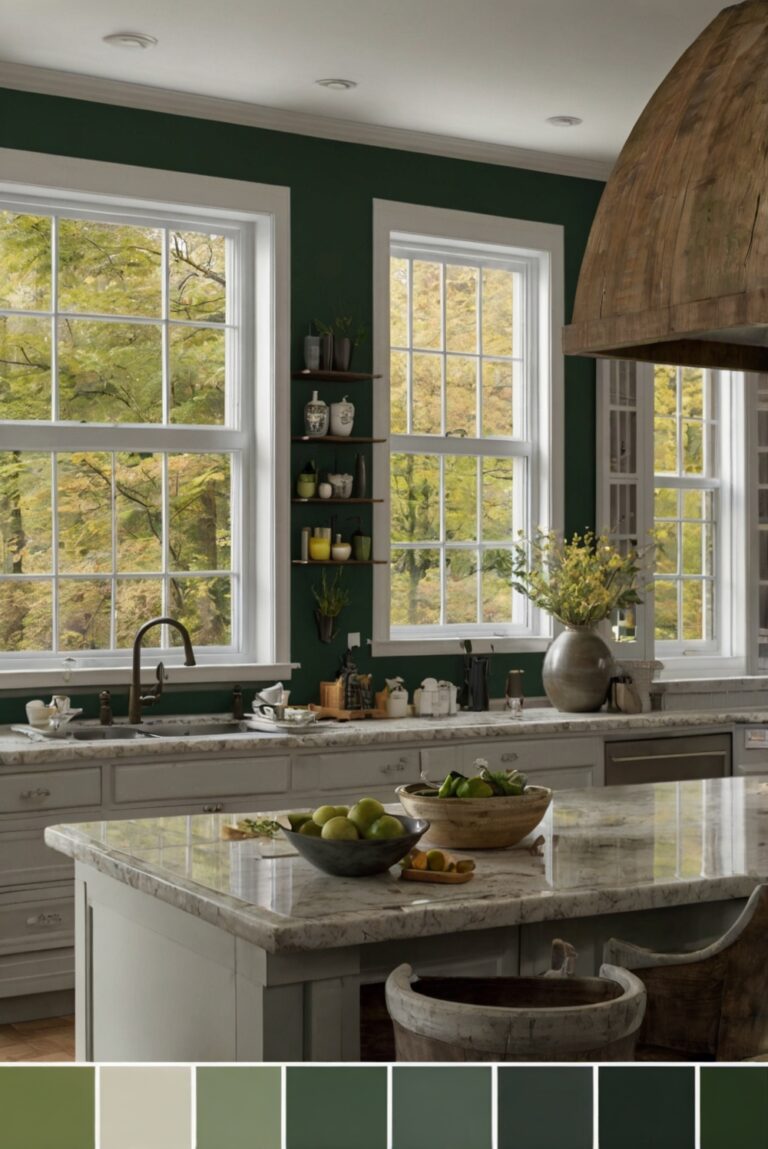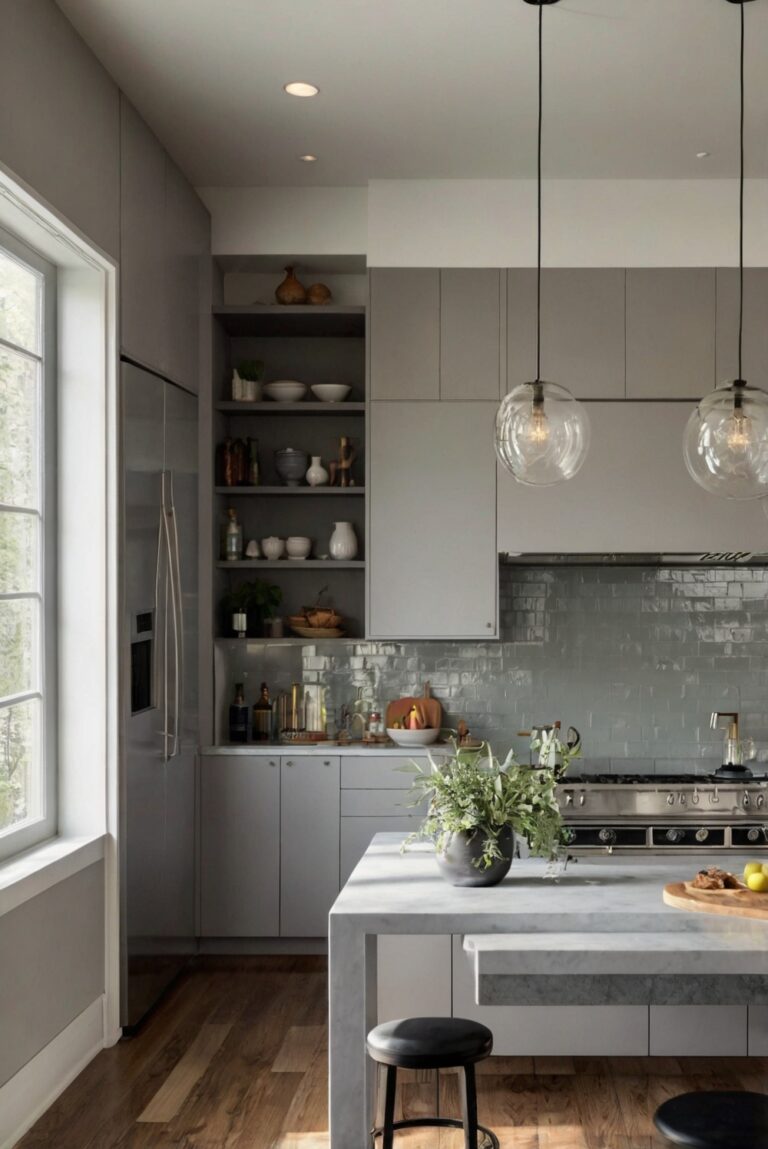How do you incorporate hooks and racks into kitchen wall shelves for additional storage?
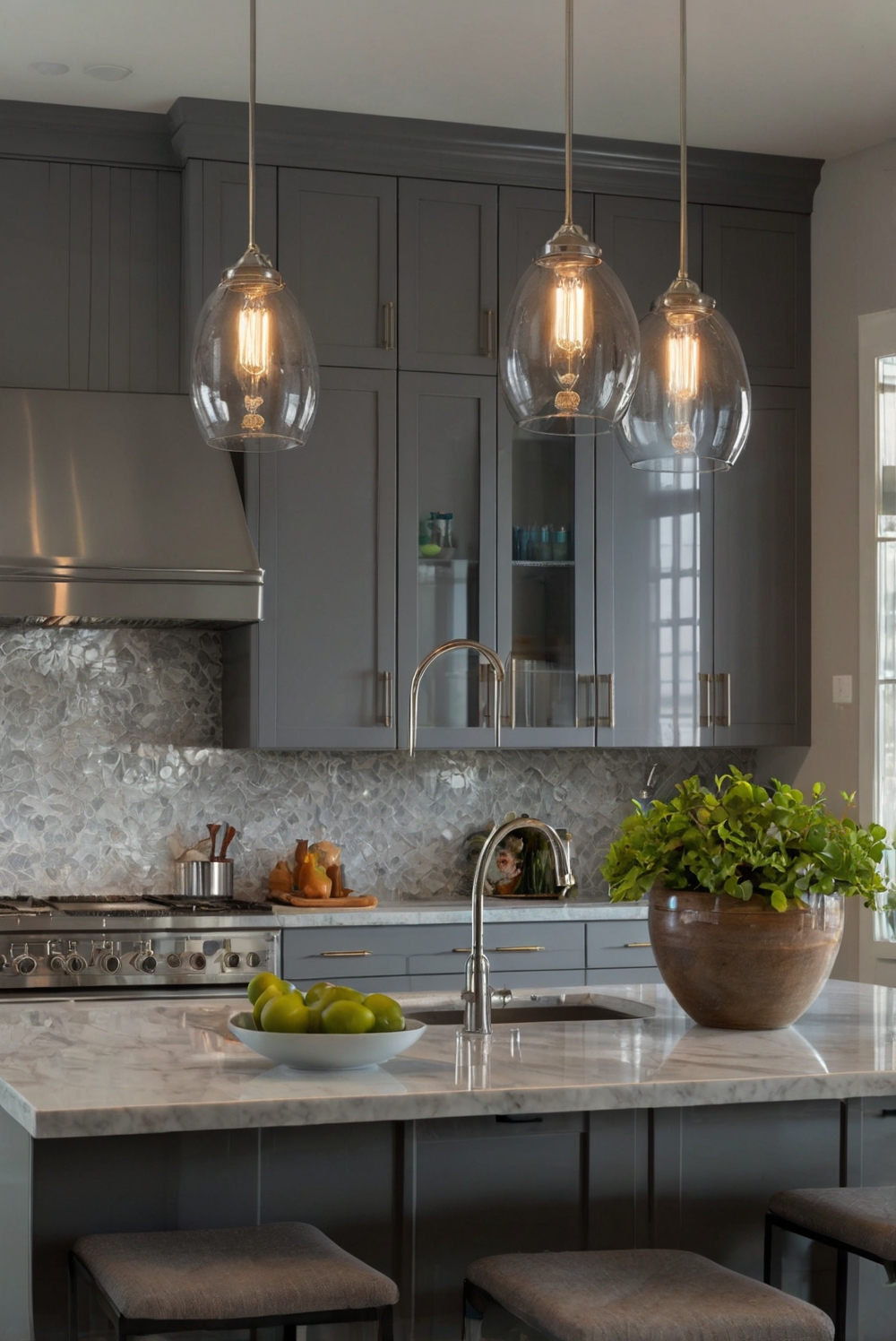
Incorporate hooks and racks into kitchen wall shelves for extra storage solutions. Discover daily interior designer routines to make your kitchen both functional and stylish.
**How do you incorporate hooks and racks into kitchen wall shelves for additional storage?**
Incorporating hooks and racks into kitchen wall shelves can provide additional storage and help keep your kitchen organized. Start by installing shelves with brackets strong enough to support the weight of hooks and racks. Utilize S-hooks for hanging pots, pans, and utensils, while spice racks can be mounted for easy access to seasonings. Consider adding a magnetic knife strip for storage and display. Be sure to check the weight capacity of your shelves and avoid overcrowding to prevent damage. By incorporating hooks and racks into your kitchen wall shelves, you can maximize space and enhance functionality in your home decor interior design.
When it comes to creating additional storage space in your kitchen, incorporating hooks and racks into your wall shelves can be a game-changer.
By utilizing hooks and racks, you can maximize the vertical space in your kitchen and keep frequently used items within easy reach. Here are some key ways to incorporate hooks and racks into your kitchen wall shelves:
1. Use hooks for hanging pots, pans, and utensils:
Installing hooks on the underside of your wall shelves is a great way to free up cabinet space and keep your cookware easily accessible. You can hang pots, pans, and cooking utensils on the hooks, making them convenient to grab while cooking.
2. Attach racks for holding jars, spice containers, and small kitchen gadgets:
Racks can be mounted on the walls to hold jars, spice containers, and small kitchen gadgets. This allows you to keep these items off the counter or out of crowded cabinets, making them visible and easy to access.
3. Combine hooks and racks for a versatile storage solution:
For a more versatile storage solution, consider combining hooks and racks on your kitchen wall shelves. You can hang pots and pans on the hooks while using the racks to store jars, spice containers, and other items. This combination maximizes storage space and keeps your kitchen organized.
4. Consider the weight capacity of the hooks and racks:
Before installing hooks and racks on your kitchen wall shelves, make sure to consider the weight capacity of each. Ensure that the hooks and racks are sturdy enough to hold the items you plan to hang or store. This will prevent any accidents or damage to your shelves.
5. Arrange hooks and racks strategically for easy access:
When incorporating hooks and racks into your kitchen wall shelves, think about the items you use most frequently. Arrange the hooks and racks in a way that makes those items easily accessible. For example, place hooks for pots and pans near your stove for quick access while cooking.
In conclusion, incorporating hooks and racks into your kitchen wall shelves can provide you with additional storage space and make your kitchen more organized and efficient. By following these tips and considering the weight capacity of the hooks and racks, you can create a functional storage solution that meets your needs.
1. Why is it important to incorporate hooks and racks into kitchen wall shelves for additional storage?
Adding hooks and racks to kitchen wall shelves can significantly increase storage space in a kitchen. They provide a convenient and organized way to hang pots, pans, utensils, and other kitchen tools, freeing up valuable counter and cabinet space. This not only helps keep the kitchen clutter-free but also makes it easier to access frequently used items while cooking.
2. What are the different types of hooks and racks that can be used in kitchen wall shelves?
There are various types of hooks and racks available for incorporating into kitchen wall shelves. Some common options include S-hooks, magnetic hooks, grid panels with hooks, hanging baskets, spice racks, and pot racks. Each type serves a specific purpose and can be customized to suit individual storage needs.
3. How can hooks and racks be strategically placed on kitchen wall shelves for optimal storage?
To maximize storage efficiency, hooks and racks should be strategically placed on kitchen wall shelves. For example, pot racks can be positioned above the stove for easy access to cooking pots and pans, while spice racks can be installed near the cooking area for quick seasoning access. Hanging baskets are ideal for storing fruits and vegetables, while S-hooks can be used to hang utensils and mugs.
4. What are some creative ways to incorporate hooks and racks into kitchen wall shelves for additional storage?
Incorporating hooks and racks into kitchen wall shelves can be done creatively to add both functionality and style to the space. For instance, installing a pegboard with hooks can create a customizable storage solution for pots, pans, and utensils. Using decorative hooks and racks in unique shapes and colors can also add a touch of personality to the kitchen while providing practical storage options.
5. Are there any DIY options for incorporating hooks and racks into kitchen wall shelves for additional storage?
For those looking to save money and get creative, there are plenty of DIY options for incorporating hooks and racks into kitchen wall shelves. One simple DIY project involves repurposing old wooden crates as hanging shelves with hooks for kitchen storage. Another idea is to use a wooden dowel and hooks to create a stylish and functional utensil rack. DIY projects allow for customization and personalization while adding extra storage space to the kitchen.

